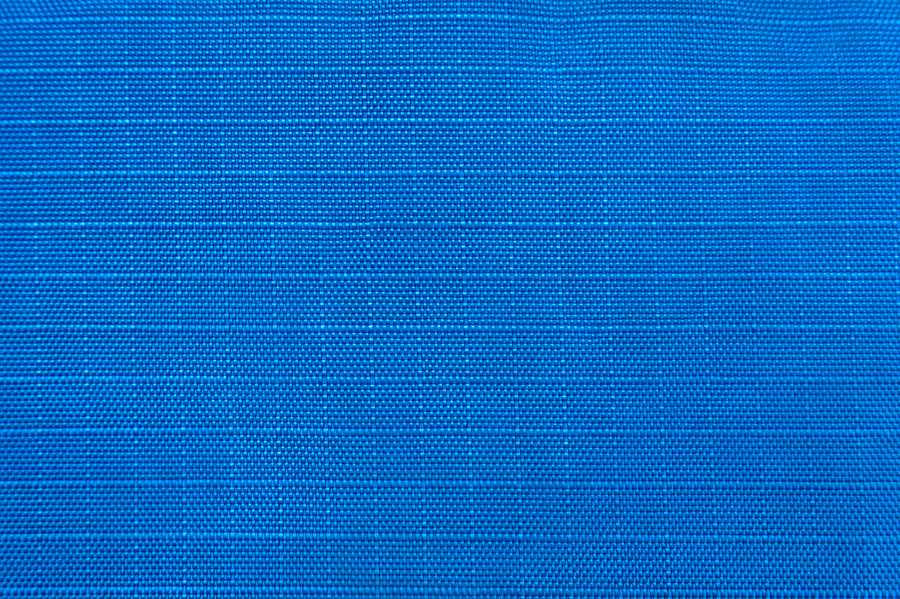Rip stop nylon is not a household name like cotton or silk, but it is a fabric that is commonly used in the entertainment industry. As its name suggests, rip stop nylon is a type of fabric that is incredibly resistant to rips and tears. In fact, rip style nylon is designed to prevent small rips and tears from spreading and completely destroying the entire piece of fabric. Because of its durability, rip stop nylon is often used to create tents, sails, sleeping bags, and even military parachutes. But, this fabric is also ideal for set designers and photographers that need a long lasting stage backdrop or banner.
How Rip Stop Nylon is Made
To understand how rip stop nylon works, it’s important to learn the history of nylon itself. Throughout history, people have turned to nylon when they are in need of a durable fabric. Nylon is a synthetic material that was first used to create toothbrush bristles in the late 1930s. The interest in this material began to grow once it was used to create women’s pantyhose, which are often referred to as nylons. But, the demand reached its peak in World War II, when nearly all of the nylon produced in the U.S. was used to create parachutes and other gear for the military. It was during this time that rip stop nylon was invented. The companies that were manufacturing parachutes for military members were looking for another fabric that could replace the use of silk in their products. They wanted a fabric that was just as lightweight as silk, but much more durable. The result was rip stop nylon, which is now widely used to create countless products for consumers.
Rip stop nylon is a lightweight material that consists entirely of nylon fabric. But, rip stop nylon is not standard nylon. Rip stop nylon is created by weaving nylon threads through a piece of fabric (typically cotton, polyester, or nylon) that serves as the base material. The nylon threads create an interlocking pattern that makes the material far more durable and resistant to rips and tears. If part of the fabric does happen to rip, the interlocked threading will stop the rip in its tracks and prevent it from spreading.
How to Spot Rip Stop Nylon
It’s possible that there are products made out of rip stop nylon in your home or garage at this very moment. Many common household items are made out of rip stop nylon, including equipment or furniture covers, tarps, kites, sleeping bags, camping equipment, and flags. It’s easy to spot rip stop nylon–that is, as long as you know what to look for.
The main difference between standard nylon and rip stop nylon is the interlocked threading that increases the durability of the fabric. The interlocked pattern is not visible from a distance, but if you get close to the fabric, you should spot the nylon threads weaving in and out of the base material. The interlocked pattern typically adds a three-dimensional texture to the fabric that is hard to miss. If you see or feel this interlocked pattern, this indicates that it is a rip stop nylon instead of standard nylon material.
Other Features of Rip Stop Nylon
A high resistance to rips is not the only benefit that rip stop nylon offers. Rip stop nylon is also fire retardant, which makes it the perfect backdrop for photo shoots and plays. This fabric is available in a wide variety of colors as well, so you should not have any trouble finding the perfect shade to complement your set. Black or white rip stop nylon is ideal for photographers or set managers that want a subtle, solid backdrop that will not distract the audience. However, there are also bright and bold colors available, including teal, royal blue, yellow, orange, and silver.
Even though this fabric is strong, it is also surprisingly light. Set managers and photographers love how easy it is to set up a rip stop nylon backdrop. There’s no need to call for backup or try to find an extra set of hands–it’s so lightweight, it can easily be handled by one person.
The fabric is available in several different thicknesses. The thinnest option is somewhat sheer and fairly breathable, which makes it ideal for clothing and athletic uniforms. Thin rip stop nylon is also softer to the touch with more flexibility, whereas thicker rip stop nylon fabric is more rigid and coarse. Although thin fabric is ideal for clothing, it is best to use a thicker rip stop nylon as a photo shoot or stage backdrop.
Some varieties of rip stop nylon are waterproof, too. If you are planning on using the fabric outdoors, it’s best to look for one that is waterproof so it is not damaged if it happens to rain.
Rip stop nylon is also affordable–especially when compared to other textiles and fabrics that are used as backdrops. This material is priced by the yard, so you never have to pay for fabric that you won’t use. Don’t let the low price fool you–this is not a one-time use fabric. This fabric is durable enough for repeated use as long as it is stored properly between uses.
There are countless benefits to using rip stop nylon as a backdrop for your next photo shoot or play. If you’re interested in purchasing high quality rip stop nylon, contact Chicago Canvas & Supply now. We are your leading source for textiles, theatre fabrics, tarps, drop cloths, backdrops, and more. To place a request for free material samples or to learn more about our many products, contact us today by calling 1-866-389-2218 or emailing email@chicagocanvas.com.





